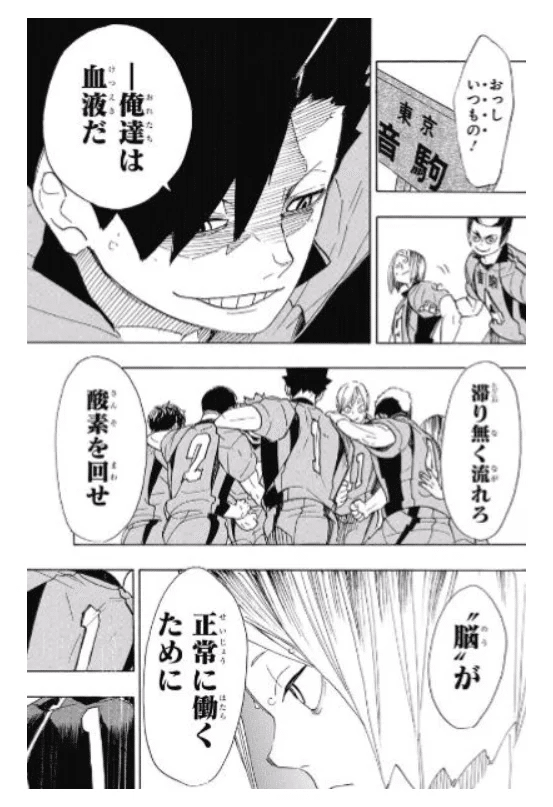
Spring is for cherry blossoms at night. Summer is for stars. Autumn is for the full moon. Winter is for snow. That is enough to make the sake taste good. If it still doesn't taste good, it's proof that something in yourself is sick25
Spring is for cherry blossoms at night. Summer is for stars. Autumn is for the full moon. Winter is for snow. That is enough to make the sake taste good. If it still doesn't taste good, it's proof that something in yourself is sick."
These are the words of Seijuro Hiko from "Rurouni Kenshin."

In the 24 solar terms, the period from June 21 to July 6 is called "Geshi" (Summer Solstice).
"Geshi" is the season when the center of the sun passes through the summer solstice point, making the days the longest and the nights the shortest.
"Geshi" means "the day when the sun reaches its peak." In the North Pole, the sun does not set, while in the South Pole, the sun does not appear, marking an extreme season.
In Japan, since ancient times, "Geshi" has been considered the day when Amaterasu Omikami, the sun goddess, shines the longest, and it has been used as a guideline for rice planting.
"Geshi" also coincides with the rainy season.
"Tsuyuri" is an alternate reading of the kanji for the rainy season.
The term "Tsuyuri" originated because the rainy season coincides with the time when chestnut flowers fall.
This year's rainy season started late, with an announcement that it was 14 days later than usual in the Kanto region.
With both humidity and rain, it becomes a tough period for those working or raising children in Kanto, having to commute by train or ride bicycles with raincoats.
Along with hay fever, the rainy season can make one want to escape Japan, and I am not the only one feeling this way.
Recently, when I visited Karuizawa, I was impressed by the climate that was free of the muggy heat.
Perhaps the sticky tendencies of the Japanese personality are influenced by Japan's climate.
On the other hand, the rainy season can also be seen as a blessing.
Rain helps plants grow, and with their growth, we are able to eat vegetables, fruits, and meat.
By seeing it this way, one can maintain a positive attitude even when it rains.
The seasonal foods of the summer solstice are ① Winter Melon, ② Okra, and ③ Octopus.
① Winter Melon, although written with the kanji for "winter," is a summer vegetable.
It is called winter melon because it is said to last until winter after being harvested in summer.
In reality, it does not last until winter, but if kept in a well-ventilated place, it can be stored for 2-3 months.
Winter melon is rich in potassium.
Potassium helps excrete excess sodium from the body.
This function aids in preventing high blood pressure, promoting diuresis, and improving edema.
② Okra arrived in Japan around the 5th year of the Meiji era.
However, its green smell and slimy texture were initially disliked by the Japanese, and it did not become popular, hence the term "Okrairi" (shelved) for being put aside.
It wasn't until the 1960s that okra began appearing on dining tables.
As a representative of slimy vegetables, okra is loved worldwide and is even used as a medicinal plant due to its nutritious properties.
Okra contains a lot of beta-carotene.
Beta-carotene is converted into vitamin A in the body.
It is effective for maintaining immunity, eyesight, mucous membrane health (nose and throat), and has anti-aging benefits.
As a fat-soluble vitamin, beta-carotene dissolves easily in oil.
Stir-frying with oil or adding oil-based dressings allows for efficient absorption of beta-carotene from okra.
③ In some parts of Kansai, there is a tradition of eating octopus on the summer solstice.
The idea is that, like the suckers of an octopus that do not easily let go once they attach, the roots of rice seedlings will firmly take root, and so they eat octopus on the summer solstice during the rice planting season.
Octopus is rich in vitamins, minerals, and an amino acid called taurine.
Taurine helps prevent arteriosclerosis, strengthens liver function, and maintains retinal cell function, making it effective for eye fatigue.
Since the summer solstice often has hot and humid days, you may want to eat something refreshing.
In such times, a salad with octopus is recommended.
The best way to spend the summer solstice is to visit a cool place on your day off.
If you live in Tokyo, Karuizawa, Nasu Highlands, or Moomin Park in Saitama are recommended.
It is also a good idea to travel to Tohoku or Hokkaido.
Spending time in a cool, natural environment will bring fresh oxygen to both your body and mind.
"We are like blood. Flow without stagnation. Circulate oxygen so that the brain functions normally."
This is the pre-match routine of Nekoma High School from "Haikyuu!!"
There are two important factors that make food delicious.
One is being hungry.
The other is enjoying seasonal ingredients.
Savor seasonal ingredients, nourish your mind and body, and let's get through life today.
